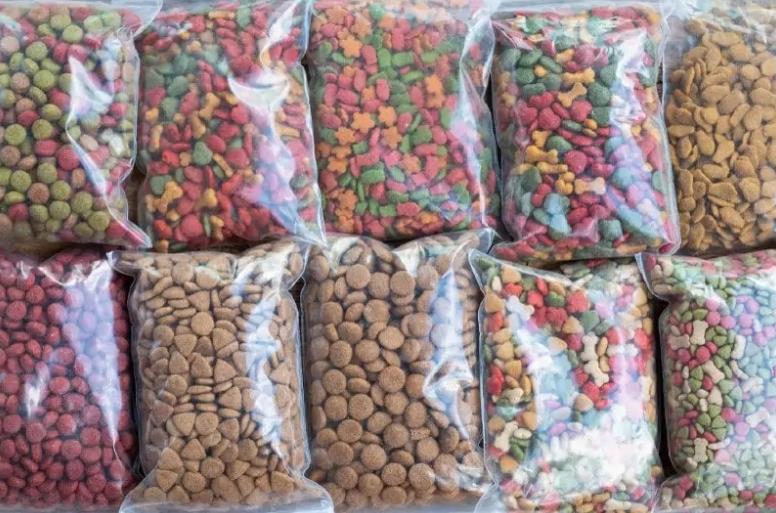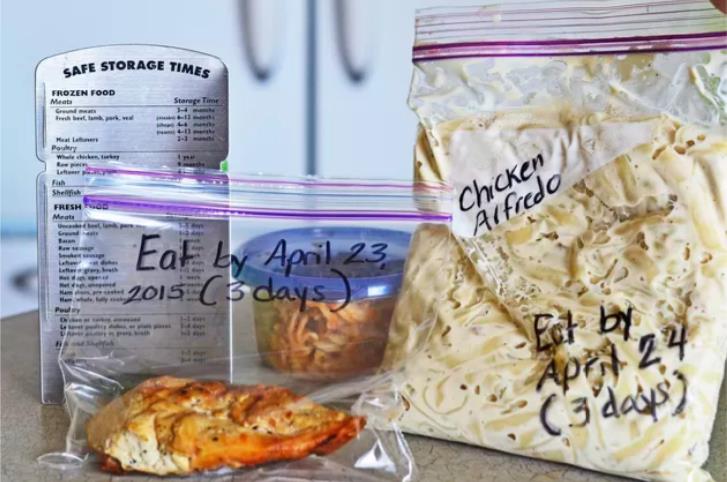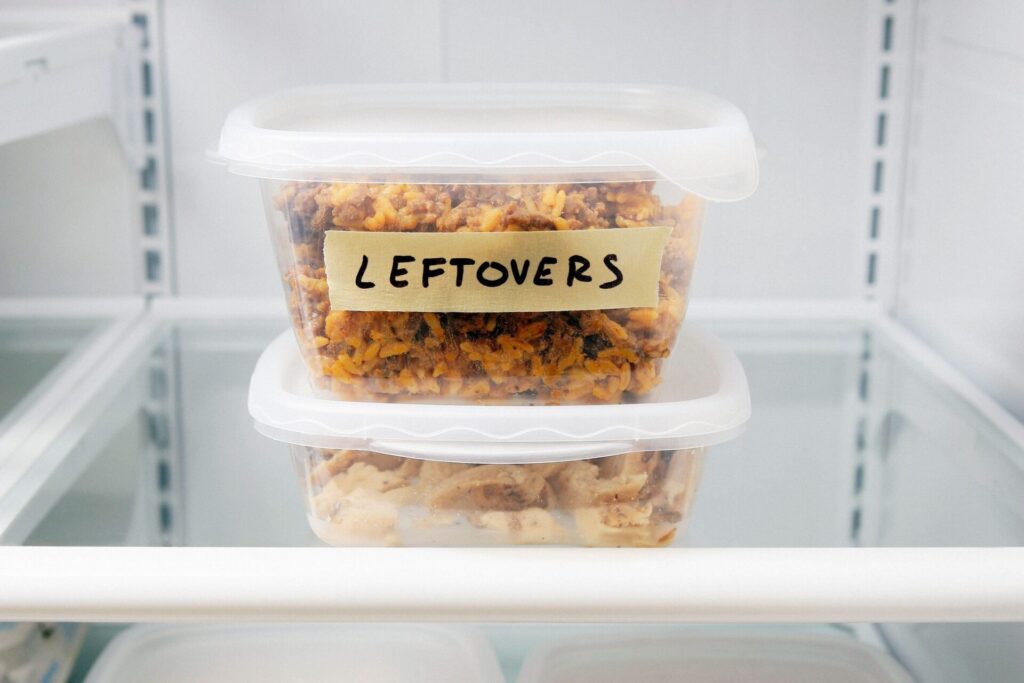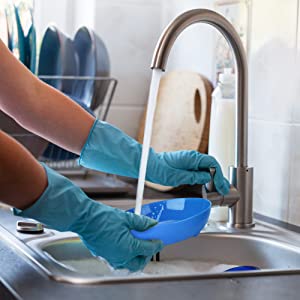While you may have nutritious meals for your pet, you still should learn how to properly store pet food so it can maintain its nutritional value.
You may spend billions every year on pet food. Why let it go stale? When we buy dog food, it’s important to know how to store it properly so that it stays fresh. Here are some tips and tricks for properly storing your pet food:
Keep It Cool and Dry, Seal It Up
Keep all of your pet food and treats in a cool and dry environment in an airtight container away from your pets and sunlight or heat sources, helping prevent contamination by pests such as rodents or insects.
Hang on to the Bag

Always keep your kibble and treats in their original packaging. This is an important detail that a lot of pet owners overlook. The original packaging has essential bits of information, like the “Best Before” date and batch code, in case of any type of recall. Or, if you later notice that something seems off with the one you bought, these pieces of information can come in handy when you ask for a replacement or refund.
Take Notes

If you want to pour the food directly into your storage container, keep a note with the expiration date, lot number and bar code. Or, you could tape this information to the container and update it with each new bag. Before adding another bag of dog food, remember to thoroughly wash and dry the container when it is empty.
Refrigerate Wet Leftovers

If your pup eats wet dog food, be sure to store leftovers or any open containers, in the fridge. The fridge should be set at 40 degrees Fahrenheit, which inhibits the growth of bacteria. While storing dog food in the fridge, consider labeling the container as “pet food” to avoid any confusion with fridge grazers!
Wash Up Daily

The FDA recommends washing pet-food bowls and utensils “after each use”, and cleaning water bowls daily, preventing anything hazardous from growing there. If you follow these simple rules, your pet food should remain fresh and safe and your pets will remain happy and healthy.

